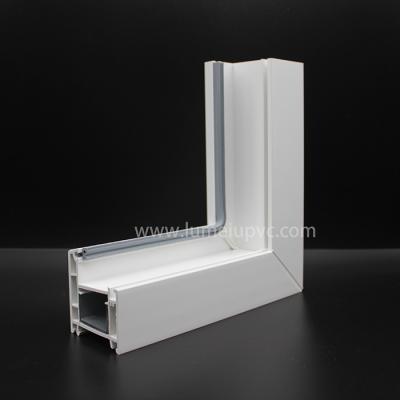Comparative Analysis: European vs American uPVC Windows and Doors
In an insightful examination of the global fenestration market, a comparative study has been conducted to shed light on the differences between European and American uPVC window and door systems. uPVC is a widely used material in the construction industry due to its durability, insulation properties, and environmental sustainability.
European uPVC windows, known for their adherence to stringent energy efficiency standards, typically employ a 'sash-in-frame' design where the sash fits inside the frame, often featuring multi-chamber profiles that enhance thermal performance. They frequently use tilt-and-turn mechanisms and internal glazing for improved security and ease of maintenance.
On the other hand, American uPVC windows have evolved from traditional designs to address issues with sealing and stability. They adopt a 'frame-around-sash' configuration, eliminating the need for bottom-mounted rollers while reducing the size of the sash profile, which not only improves aesthetics but also optimizes daylight ingress. The absence of removable sashes contributes to enhanced rigidity and tighter seals.
The American approach emphasizes simplicity in design, often lacking ornate details characteristic of some European styles. This distinction allows for a more contemporary look and increased customization options suitable for modern architectural trends.
Both markets have made significant strides in innovation, yet each caters to differing regional preferences and building codes. While Europe leads in overall uPVC window usage, American manufacturers have focused on refining functionality and aesthetics, making them competitive alternatives in both domestic and international markets.
In conclusion, understanding the structural and stylistic nuances between Euro and American uPVC windows and doors empowers consumers and builders alike to make informed choices based on performance, style, and regional requirements. As the world continues to embrace eco-friendly materials and high-performance solutions, uPVC remains a versatile choice reflecting evolving demands in both continents.
Related Products
Submitted successfully
We will contact you as soon as possible





